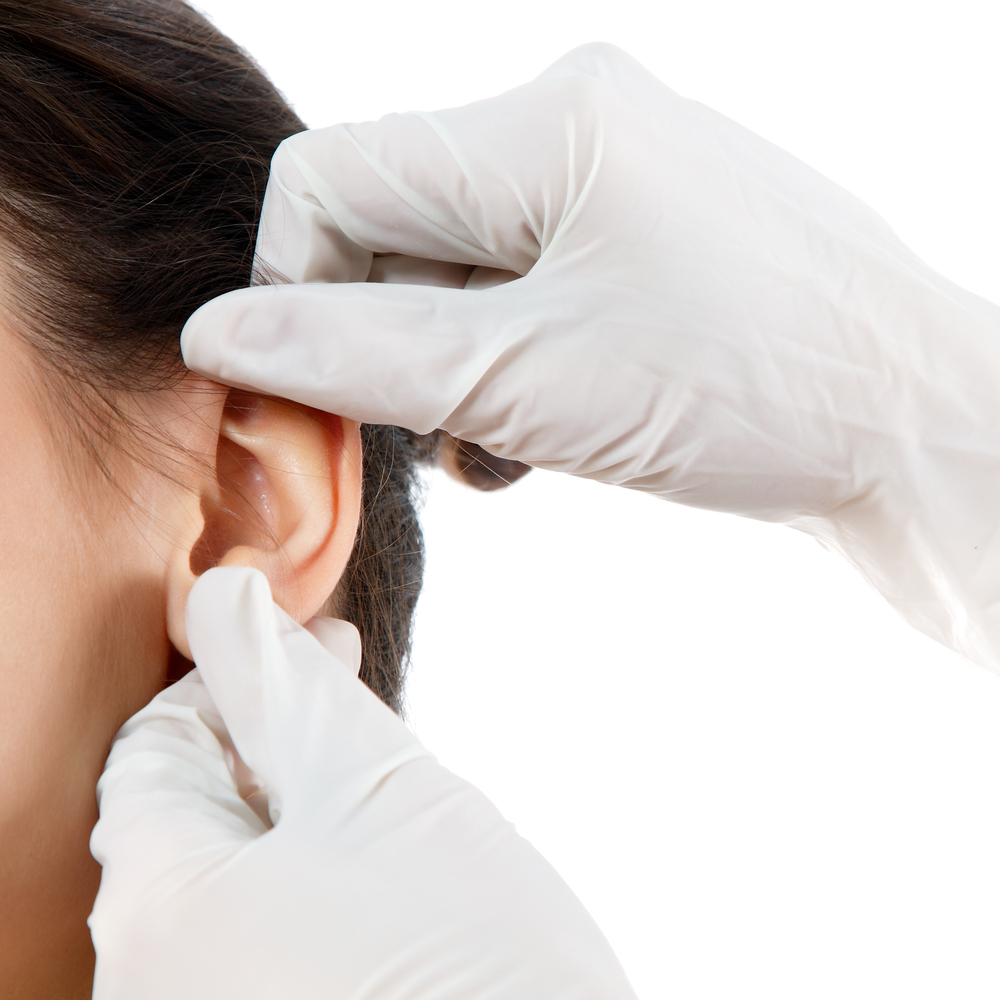Ear tubes are tiny, hollow cylinders used for long-term drainage and ventilation to the middle ear. They are made of either plastic or metal, surgically inserted into the eardrum. The airway created by the ear tubes prevents fluid build-up behind the eardrum, which is often caused by a blockage in the eustachian tubes.
The eustachian tubes are in charge of air pressure regulation, air refreshing, and draining of secretions from the middle ear. When these tubes are suffering from swelling, inflammation, and mucus build-up from an upper respiratory infection, the tubes become blocked, and fluid tends to build-up. In children, fluid build-up is mainly attributed to the fact that their eustachian tubes are narrower and horizontal, making it easier to clog and more difficult to drain.
Ear tubes provide an alternative way of regulating air in the middle ear. Moreover, they may be known as pressure equalization tubes, ventilation tubes, tympanostomy tubes, or myringotomy tubes.


